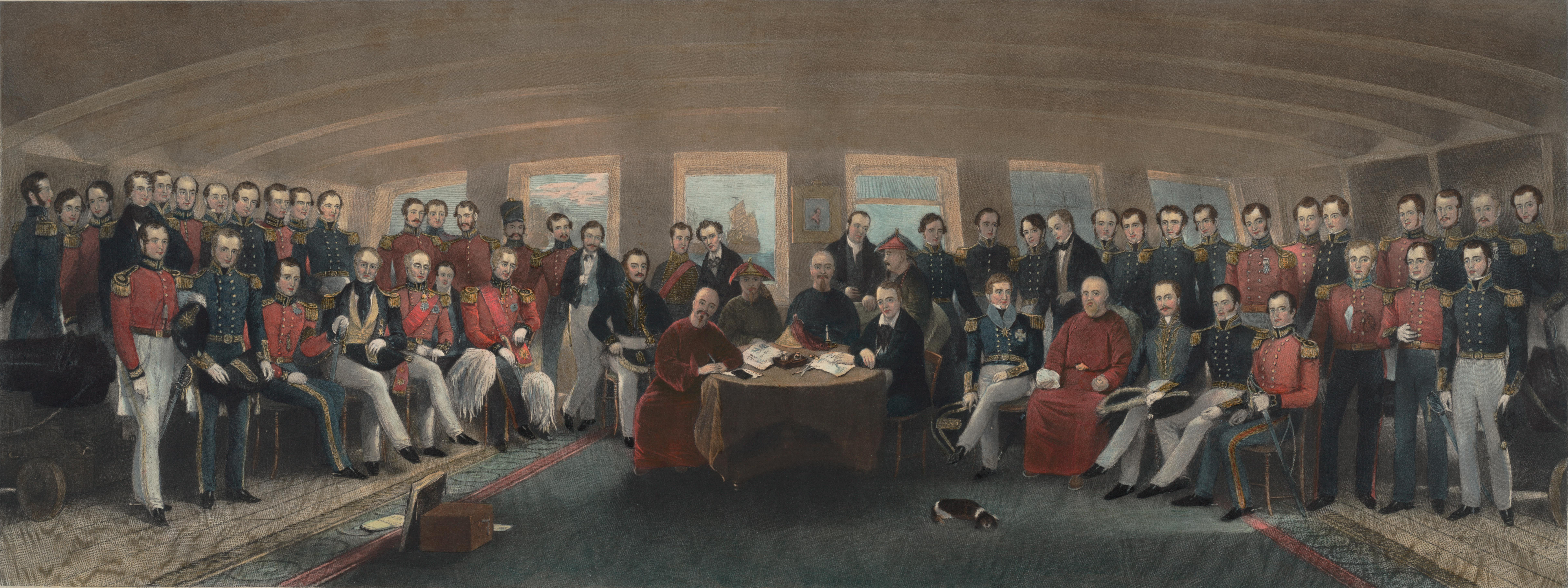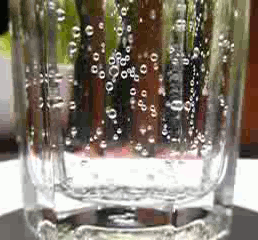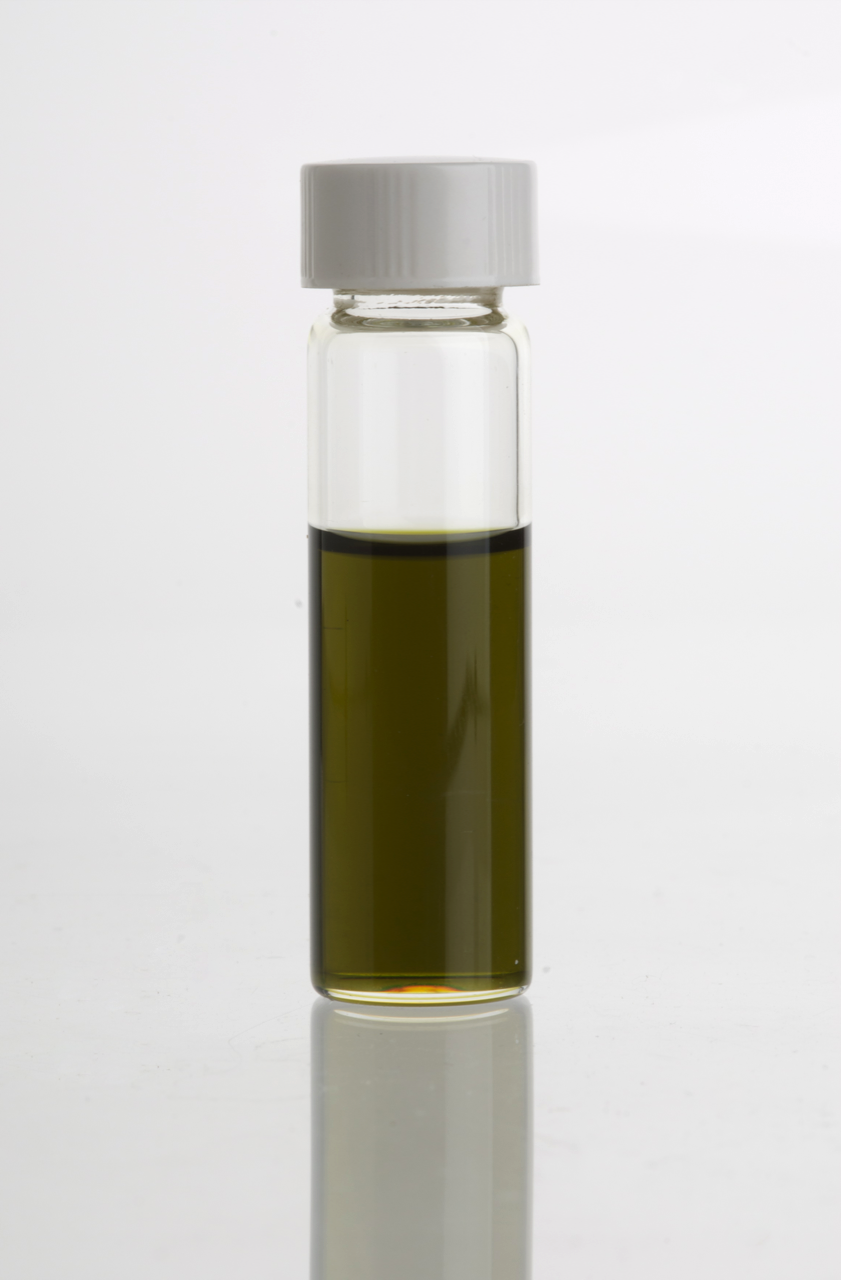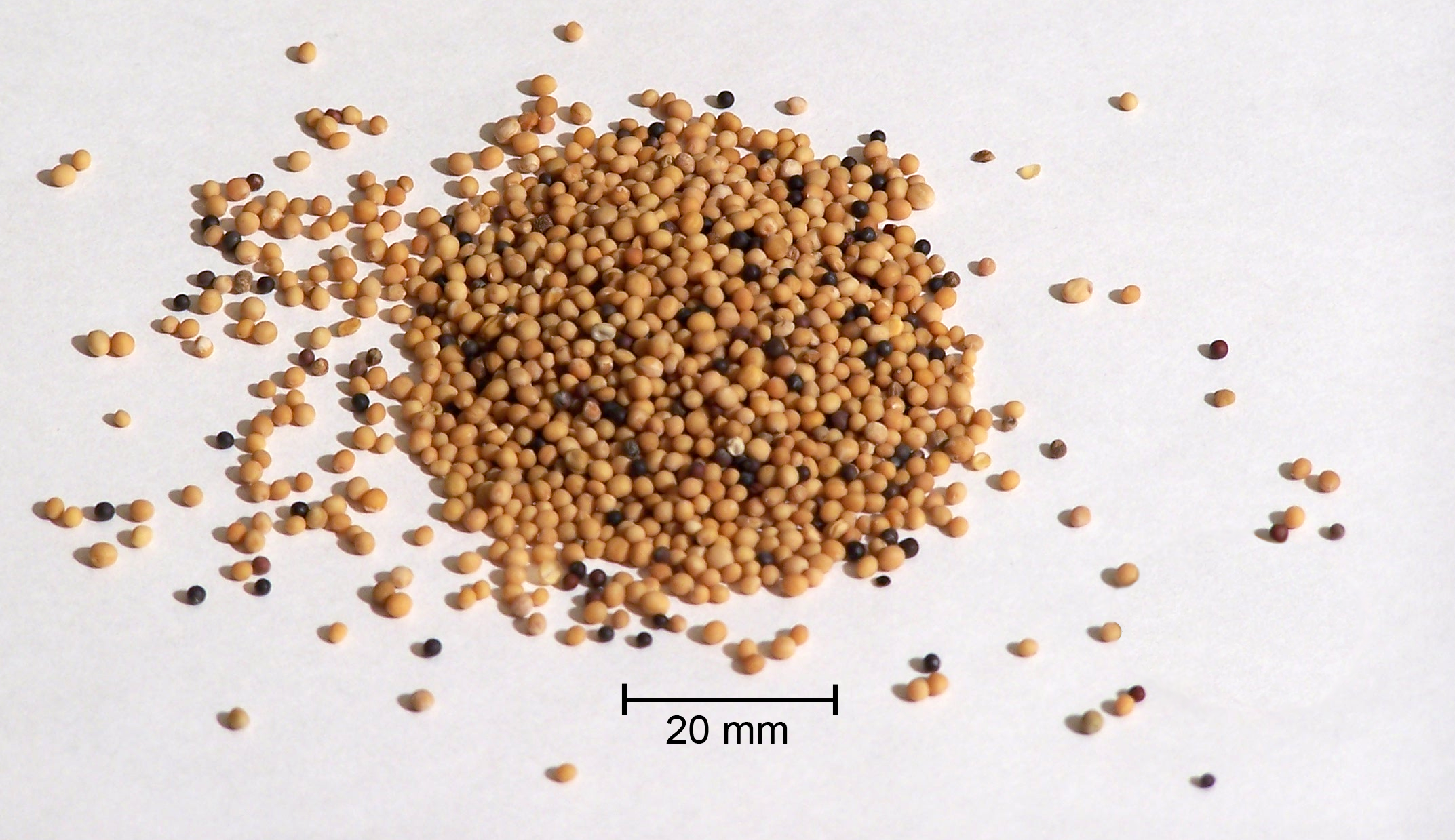|
Peter Felix Richards
Peter Felix Richards (1808–1868) was a pioneering Scottish merchant in post-Treaty of Nanjing Shanghai, and the founder of the Richards Hotel and Restaurant, the first foreign hotel in China, and the forerunner to the Astor House Hotel. Early life and family Peter Felix Richards was born on 6 April 1808 in Edinburgh. By 1848 Richards had married Rebecca MacKenzie (born 6 May 1826 in Brechin, Forfarshire), the daughter of David and Rebecca W. MacKenzie, and the sister of Margaret (born about 1823), Christian (born about 1829), James (born about 1830), Charles (born about 1832), David (born about 1834), and Robert (born about 1836). By 1848 Richards and his wife had their first child, Rebecca A. Richards (born about 1848 in Shanghai). Other children included: Adelaide (born about 1851 in Shanghai), Amelia (born about 1852 in Shanghai), Helen Mary (born about 1853 in Shanghai; died 10 February 1861 in Shanghai), Peter Felix MacKenzie Richards (born about 1863 in Shanghai; died 18 D ... [...More Info...] [...Related Items...] OR: [Wikipedia] [Google] [Baidu] |
Treaty Of Nanjing
The Treaty of Nanjing was the peace treaty which ended the First Opium War (1839–1842) between Great Britain and the Qing dynasty of China on 29 August 1842. It was the first of what the Chinese later termed the Unequal Treaties. In the wake of China's military defeat, with British warships poised to attack Nanjing, British and Chinese officials negotiated on board HMS ''Cornwallis'' anchored in the Yangtze at the city. On 29 August, British representative Sir Henry Pottinger and Qing representatives Qiying, Yilibu, and Niu Jian signed the treaty, which consisted of thirteen articles. The treaty was ratified by the Daoguang Emperor on 27 October and Queen Victoria on 28 December. Ratification was exchanged in Hong Kong on 26 June 1843. The treaty required the Chinese to pay an indemnity, to cede the Island of Hong Kong to the British as a colony, to essentially end the Canton system that had limited trade to that port and allow trade at Five Treaty Ports. It was follo ... [...More Info...] [...Related Items...] OR: [Wikipedia] [Google] [Baidu] |
Ningbo
Ningbo (; Ningbonese: ''gnin² poq⁷'' , Standard Mandarin pronunciation: ), formerly romanized as Ningpo, is a major sub-provincial city in northeast Zhejiang province, People's Republic of China. It comprises 6 urban districts, 2 satellite county-level cities, and 2 rural counties, including several islands in Hangzhou Bay and the East China Sea. Ningbo is the southern economic center of the Yangtze Delta megalopolis, and is also the core city and center of the Ningbo Metropolitan Area. To the north, Hangzhou Bay separates Ningbo from Shanghai; to the east lies Zhoushan in the East China Sea; on the west and south, Ningbo borders Shaoxing and Taizhou respectively. As of the 2020 Chinese National Census, the entire administrated area of Ningbo City had a population of 9.4 million (9,404,283), of which 4,479,635 lived in the built-up (or metro) area of its five urban districts. Within the next decade, the cities of Cixi, Yunhao and Fenghua will likely also be co ... [...More Info...] [...Related Items...] OR: [Wikipedia] [Google] [Baidu] |
Lemonade
Lemonade is a sweetened lemon-flavored beverage. There are varieties of lemonade found throughout the world. In North America and South Asia, cloudy still lemonade is the most common variety. There it is traditionally a homemade drink using lemon juice, water, and a sweetener such as cane sugar, simple syrup or honey. In the United Kingdom, Ireland, Central Europe, Australia, and New Zealand, a carbonated lemonade soft drink is more common. Despite the differences between the drinks, each is known simply as "lemonade" in countries where it is dominant. The suffix "-ade" may also be applied to other similar drinks made with different fruits, such as limeade, orangeade, or cherryade. History A drink made with lemons, dates, and honey was consumed in 13th and 14th century Egypt, including a lemon juice drink with sugar, known as ''qatarmizat''. In 1676, a company known as ''Compagnie de Limonadiers'' sold lemonade in Paris. Vendors carried tanks of lemonade on their backs and d ... [...More Info...] [...Related Items...] OR: [Wikipedia] [Google] [Baidu] |
Aeration
Aeration (also called aerification or aeriation) is the Systems engineering process, process by which air is circulated through, mixed with or solvation, dissolved in a liquid or other substances that act as a fluid (such as soil). Aeration processes create additional surface area in the mixture, allowing greater chemical or suspension reactions. Aeration of liquids Methods Aeration of liquids (usually water) is achieved by: * passing air through the liquid by means of the Venturi tube, Aeration Turbine, aeration turbines or compressed air which can be combined with diffuser(s) air stone(s), as well as fine bubble diffusers, coarse bubble diffusers or linear aeration tubing. Ceramics are suitable for this purpose, often involving dispersion of fine air or gas bubbles through the porous ceramic into a liquid. The smaller the bubbles, the more gas is exposed to the liquid increasing the gas transfer efficiency. Diffusers or spargers can also be designed into the system to cause turbu ... [...More Info...] [...Related Items...] OR: [Wikipedia] [Google] [Baidu] |
Soda Water
Carbonated water (also known as soda water, sparkling water, fizzy water, club soda, water with gas, in many places as mineral water, or especially in the United States as seltzer or seltzer water) is water containing dissolved carbon dioxide gas, either artificially injected under pressure or occurring due to natural geological processes. Carbonation causes small bubbles to form, giving the water an effervescent quality. Common forms include sparkling natural mineral water, club soda, and commercially-produced sparkling water. Club soda and sparkling mineral water and some other sparkling waters contain added or dissolved minerals such as potassium bicarbonate, sodium bicarbonate, sodium citrate, or potassium sulfate. These occur naturally in some mineral waters but are also commonly added artificially to manufactured waters to mimic a natural flavor profile and offset the acidity of introducing carbon dioxide gas. Various carbonated waters are sold in bottles and cans, with some ... [...More Info...] [...Related Items...] OR: [Wikipedia] [Google] [Baidu] |
Oil Of Bergamot
Bergamot essential oil is a cold-pressed essential oil produced by cells inside the rind of a bergamot orange fruit. It is a common flavoring and top note in perfumes. The scent of bergamot essential oil is similar to a sweet light orange peel oil with a floral note. Production The ''sfumatura'' or slow-folding process was the traditional technique for manually extracting the bergamot oil. By more modern methods, the oil is extracted mechanically with machines called peelers, which scrape the outside of the fruit under running water to get an emulsion channeled into centrifuges for separating the essence from the water. The rinds of 100 bergamot oranges yield about of bergamot oil. Uses Bergamot essential oil has been used in cosmetics, aromatherapy, and as a flavoring in food and beverages. Its citrus scent makes it a natural flavoring and deodorizing agent. The volatile oils of the bergamot orange are described as flavoring agents in the USP Food Chemicals Co ... [...More Info...] [...Related Items...] OR: [Wikipedia] [Google] [Baidu] |
Cocoa Powder
Cocoa may refer to: Chocolate * Chocolate * ''Theobroma cacao'', the cocoa tree * Cocoa bean, seed of ''Theobroma cacao'' * Chocolate liquor, or cocoa liquor, pure, liquid chocolate extracted from the cocoa bean, including both cocoa butter and cocoa solids * Cocoa butter, a pale yellow, edible fat extracted from the cocoa bean * Cocoa solids or cocoa powder * Hot chocolate, also called hot cocoa * Cocoa Mountain, a gourmet chocolate enterprise in Durness in the North West Highlands of Scotland * Cocoa Processing Company, a Ghanaian company Computing * Cocoa (API), an API and programming environment for macOS * Cocoa Touch, an API and programming environment for iOS, iPadOS, watchOS and tvOS * CoCoA, a computer algebra system * COCOA (digital humanities), an early FORTRAN program for generating concordances and word counts from natural language texts * Stagecast Creator, formerly Cocoa, a language developed by Apple to teach programming to children Given name * Cocoa Brown (b ... [...More Info...] [...Related Items...] OR: [Wikipedia] [Google] [Baidu] |
Oatmeal
Oatmeal is a preparation of oats that have been de-husked, steamed, and flattened, or a coarse flour of hulled oat grains (groats) that have either been milled (ground) or steel-cut. Ground oats are also called white oats. Steel-cut oats are known as coarse oatmeal, Irish oatmeal, or pinhead oats. Rolled oats were traditionally thick old-fashioned oats, but can be made thinner or smaller, and may be categorized as quick oatmeal or instant oatmeal depending on the cooking time required, which is determined by the size of the oats and the amount of precooking. Industrial preparation and varieties The oat grains are de-husked by impact, and are then heated and cooled to stabilize the groats, the seed inside the husk. The groats may be milled to produce fine, medium, or coarse oatmeal. Steel-cut oats may be small and contain broken groats from the de-husking process (these bits may be steamed and flattened to produce smaller rolled oats). Rolled oats are steamed and flattene ... [...More Info...] [...Related Items...] OR: [Wikipedia] [Google] [Baidu] |
Mustard Seed
Mustard seeds are the small round seeds of various mustard plants. The seeds are usually about in diameter and may be colored from yellowish white to black. They are an important spice in many regional foods and may come from one of three different plants: black mustard (''Brassica nigra''), brown mustard ('' B. juncea''), or white mustard (''Sinapis alba''). Grinding and mixing the seeds with water, vinegar or other liquids creates the yellow condiment known as prepared mustard. Regional use Mustard seeds are used as a spice in the South Asia. The seeds are usually fried until they pop. The leaves are also stir-fried and eaten as a vegetable. Mustard oil is used for body massage during extreme winters, as it is thought to keep the body warm. In South Asian cuisine mustard oil or ''shorsher tel'' is the predominant cooking medium. Mustard seeds are also essential ingredients in spicy fish dishes like ''jhaal'' and ''paturi''. A variety of pickles consisting mainly of mangoe ... [...More Info...] [...Related Items...] OR: [Wikipedia] [Google] [Baidu] |
Stilton Cheese
Stilton is an English cheese, produced in two varieties: Blue, which has '' Penicillium roqueforti'' added to generate a characteristic smell and taste, and White, which does not. Both have been granted the status of a protected designation of origin (PDO) by the European Commission, requiring that only such cheese produced in the three counties of Derbyshire, Leicestershire and Nottinghamshire may be called Stilton. The cheese takes its name from the village of Stilton, now in Cambridgeshire, where it has long been sold. History Frances Pawlett (or Paulet), a cheese maker of Wymondham, Leicestershire, has traditionally been credited with setting up the modern Stilton cheese shape and style in the 1720s, but others have also been named. Early 19th-century research published by William Marshall provides logic and oral history to indicate a continuum between the locally produced cheese of Stilton, and the later development of a high turnover commercial industry importing cheese pr ... [...More Info...] [...Related Items...] OR: [Wikipedia] [Google] [Baidu] |
Cheddar Cheese
Cheddar cheese (or simply cheddar) is a natural cheese that is relatively hard, off-white (or orange if colourings such as annatto are added), and sometimes sharp-tasting. Cheddar originates from the English village of Cheddar in Somerset. Cheddar cheese is produced all over the world, and ''cheddar cheese'' has no protected designation of origin either in the United Kingdom or the European Union. In 2007, the protected designation of origin name "West Country Farmhouse Cheddar" was registered in the EU and (after Brexit) the UK, defined as cheddar produced from local milk within Somerset, Dorset, Devon and Cornwall and manufactured using traditional methods. Protected Geographical Indication (PGI) was registered for ''Orkney Scottish Island Cheddar'' in 2013 in the EU, which also applies under UK law. Globally, the style and quality of cheeses labelled as cheddar may vary greatly, with some processed cheeses being packaged as "cheddar". Furthermore, certain cheeses that are sim ... [...More Info...] [...Related Items...] OR: [Wikipedia] [Google] [Baidu] |
Marmalade
Marmalade is a fruit preserve made from the juice and peel of citrus fruits boiled with sugar and water. The well-known version is made from bitter orange. It is also made from lemons, limes, grapefruits, mandarins, sweet oranges, bergamots, and other citrus fruits, or a combination. Citrus is the most typical choice of fruit for marmalade, though historically the term has often been used for non-citrus preserves.Maguelonne-Samat, (Anthea Bell, tr.) ''A History of Food'' 2nd ed. 2009, p. 507 The preferred citrus fruit for marmalade production is the Spanish Seville or bitter orange, ''Citrus aurantium'' var. ''aurantium'', prized for its high pectin content, which sets readily to the thick consistency expected of marmalade. The peel imparts a bitter taste. The word "marmalade" is borrowed from the Portuguese , from ' quince'. Unlike jam, a large quantity of water is added to the fruit in a marmalade, the extra liquid being set by the high pectin content of the fruit. ... [...More Info...] [...Related Items...] OR: [Wikipedia] [Google] [Baidu] |

.png)








